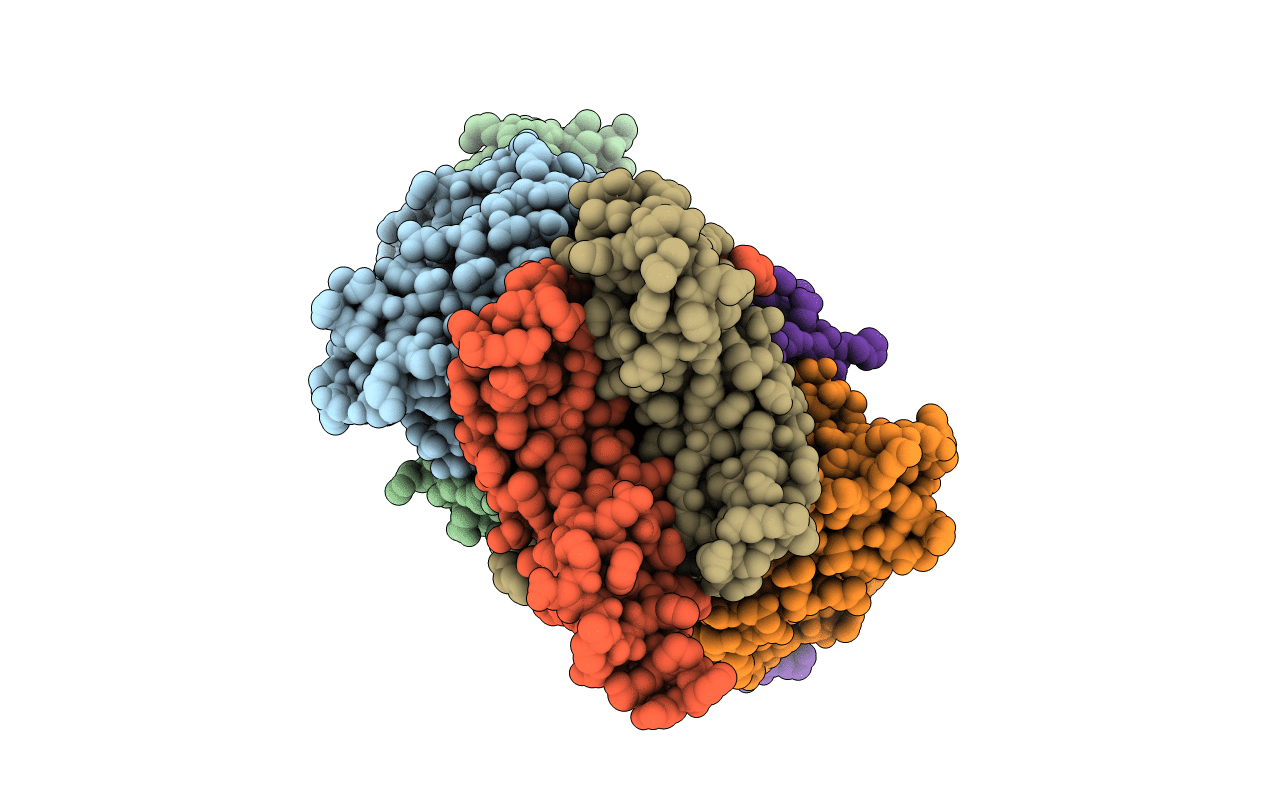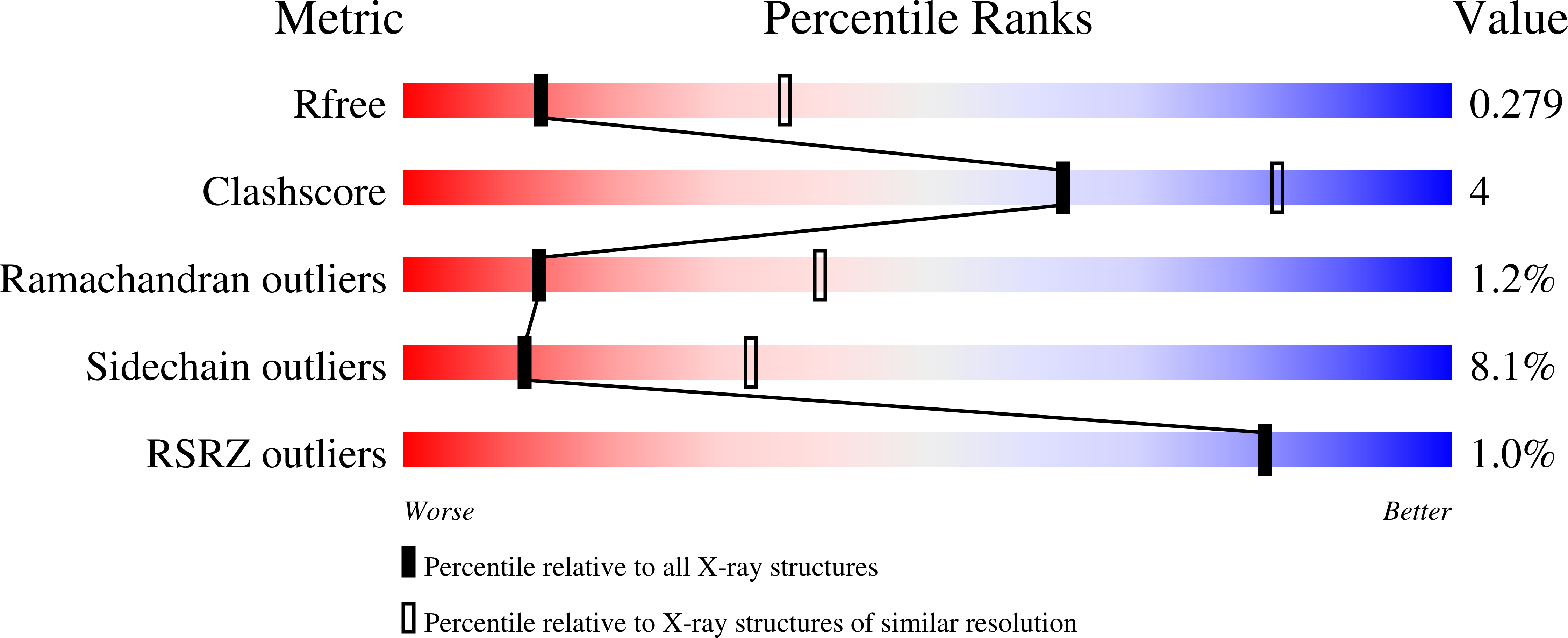
Deposition Date
2019-10-28
Release Date
2020-12-16
Last Version Date
2024-11-13
Entry Detail
PDB ID:
6T9D
Keywords:
Title:
Crystal structure of a bispecific DutaFab in complex with human VEGF121
Biological Source:
Source Organism:
Homo sapiens (Taxon ID: 9606)
Host Organism:
Method Details:
Experimental Method:
Resolution:
2.91 Å
R-Value Free:
0.28
R-Value Work:
0.21
Space Group:
P 1 21 1


